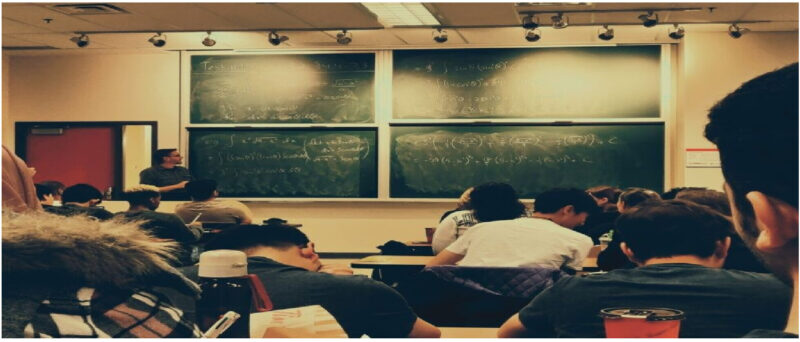“The task of the educator is to make the child’s spirit pass again where its forefathers have gone, moving rapidly through certain stages but suppressing none of them. In this regard, the history of science must be our guide.” ~ Henry Poincaré
A Human Endeavour
In Number Theory, an approach through history from Hammurapi to Legendre, Andre Weil specifies in the preface that his “main task will be to take the reader, so far as practicable, into the workshop of our authors, watch them at work, share their successes and perceive their failures.”
And studying their failures, their tragedies, their suffering—which starkly contrasts with the way math is conventionally presented: a monstrosity of symbols living in the land of the abstract, stripped off of its emotions—exemplifies the human element lurking underneath.
Case in point: Tragedy + Grit = Euler
Leonhard Euler—a stalwart of 18th century mathematics—is widely regarded as the most prolific mathematician of all time: his publication list spans 886 (!) papers, with his completed works filling around 90 volumes. But what is absent in those papers, something that you can see only through the lens of history, is that Euler was almost blind for the majority of his life!
In 1738 (aged 31), three years after a fierce battle against death due to acute fever, he became almost blind in his right eye. And his response?
“Now I will have fewer distractions.”

Leonard Euler
He later developed a cataract in his left eye, when he was 59. Doctors fought to restore his only functional eye—but the surgery failed, rendering him almost totally blind.
But guess what? His productivity after this mishap went up. Harnessing his exceptional memory (he could repeat the Aeneid of Virgil spanning 178 pages verbatim) and lightning-fast number crunching (two of Euler’s students had once summed 17 terms of an arcane infinite series—only to disagree on the 15th decimal. He quickly settled the dispute by recomputing the sum in his head), he produced one research paper per week in 1775 (aged 68).
Reading about the deterioration of Euler’s eyesight, along with his several other misfortunes such as losing 8 of his 13 children, opens our eyes to the personal dimension of mathematics. It is this human that we relate to, someone we comprehend—motivating us to take one step closer to his life’s work.






